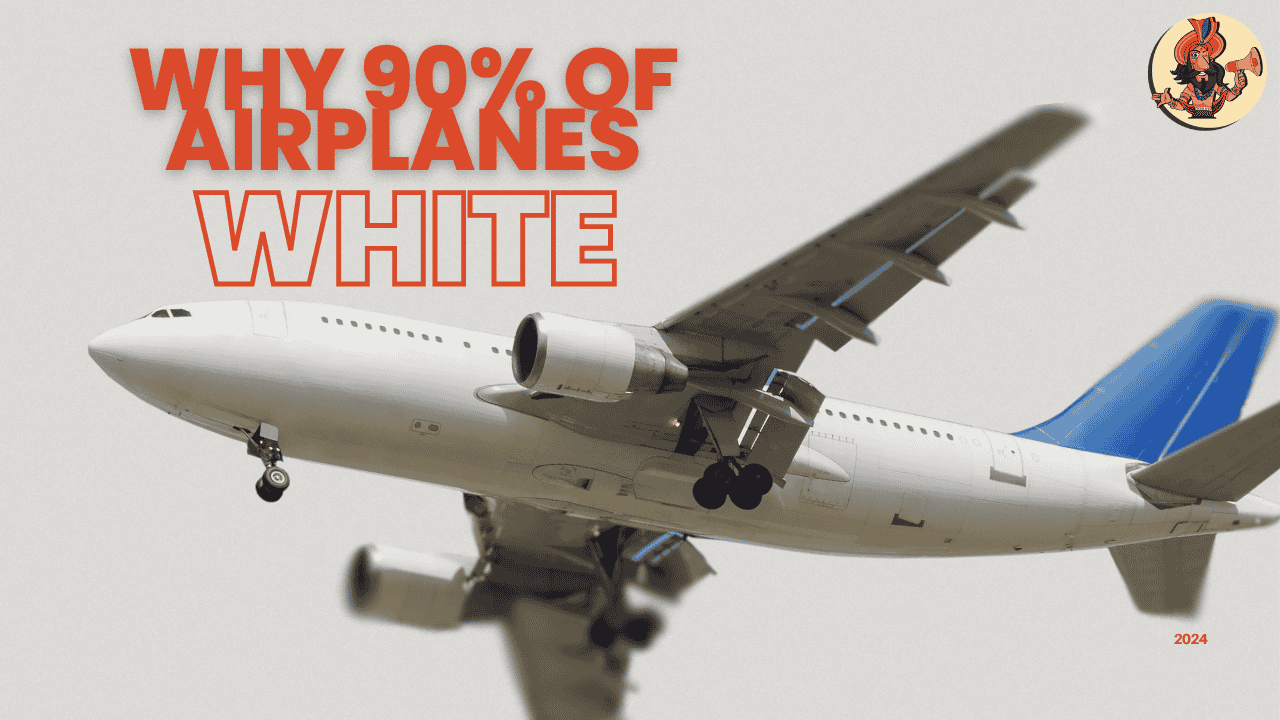Have you ever looked up at the sky and noticed that nearly every airplane is white? It’s not a coincidence—there’s science and strategy behind this common choice. While airlines occasionally use colorful designs, the base color is almost always white. But why? Let’s explore the fascinating reasons behind this aviation standard.
1. Heat Reflection and Temperature Control
First and foremost, white reflects sunlight more effectively than darker colors. Just like wearing a white shirt on a hot day keeps you cooler, a white airplane absorbs less heat. Dark-colored planes would trap more solar radiation, causing the cabin to heat up faster. This means higher cooling costs and potential discomfort for passengers. By staying white, airplanes maintain a more stable internal temperature, reducing energy use and operational expenses.
2. Weight and Fuel Efficiency
Paint adds weight—a lot of it. A single gallon of paint can weigh around 10 pounds, and covering an entire airplane requires hundreds of gallons. Extra weight means more fuel consumption, which drives up costs. Airlines prioritize efficiency, so minimizing paint keeps planes lighter. Since white doesn’t fade or require multiple layers for coverage, it’s the most practical choice.
3. Visibility of Damage and Corrosion
Safety is critical in aviation, and white surfaces make cracks, dents, and oil leaks easier to spot. Any damage stands out clearly against a white background, allowing engineers to detect and fix issues quickly. Additionally, white paint helps prevent corrosion caused by UV rays, extending the aircraft’s lifespan.
4. Cost and Maintenance Simplicity
Colored paint fades over time due to sun exposure, requiring frequent touch-ups. White paint, however, shows less wear and tear, reducing maintenance costs. Repainting an entire plane is expensive—up to $200,000 for a large aircraft—so airlines prefer a low-maintenance option.
5. Resale Value and Brand Flexibility
Airlines often sell or lease planes to other companies. A neutral white base makes repainting easier if the new owner wants different branding. A brightly colored jet might deter buyers who don’t want to spend extra on a full repaint.
Final Thoughts
Next time you see a white airplane, remember—it’s not just about aesthetics. Science, economics, and safety all play a role in this universal aviation trend. While some airlines add colorful logos or special liveries, the dominant white base is here to stay.
So, the next time you board a flight, take a moment to appreciate the clever reasoning behind that gleaming white exterior! ✈️















